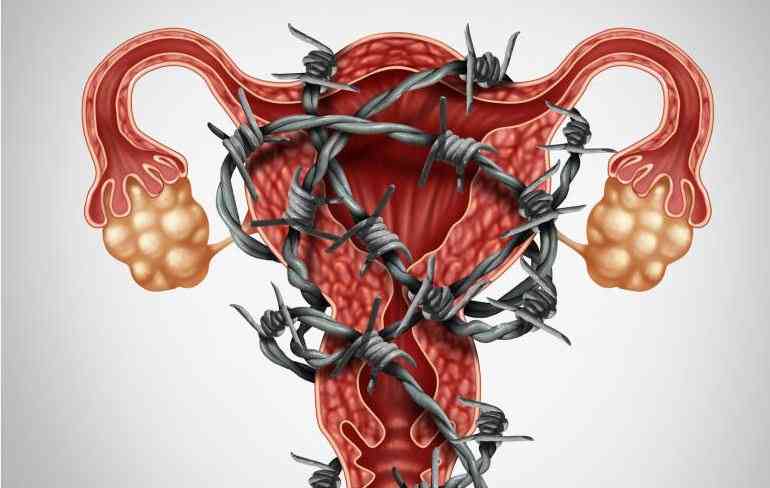
The history of the G-string dates back to the 1970s. The fashion however remained a low-key affair until early 21st century. Change is a tough wheel to turn. Plus, you couldn’t avoid the medieval misconception (back in the day) that only loose women fancied tiny clothing.
How times have changed. Nowadays, G-strings are as common as a cold in July. You will see them prominently displayed in glass-windowed clothing stores, as well as in supermarkets.
“You need them to spice things up in the bedroom,” my friend Annie tells me. That G-strings do really deliver to expectations is not in doubt - whether it is the panty line you want to get rid of, or you want to heat things up in the bedroom.
Those who swear by the G-string are aware that the price you have to pay is discomfort – if not downright pain. But there is more. G-strings can spread infections easily from the anus to the vagina.
“G-strings are a unique transport vehicle for bacteria,” Dr Esther Wanjohi who practises at Nairobi Hospital says. “The string – which passes between the cheeks of the buttocks – make it easy for bacteria to move from the alimentary canal to the vagina,” warned the doctor. Think of it this way; the G-string acts like a ladder for germs to climb up to the vagina. This could result into a urinary tract infection (UTI) or candidiasis.
However, there is no cause for alarm if you observe good hygiene. Unlike the good old knickers or granny panties, G-strings have a wide array of benefits. They don’t feel bulky. They make a girl look sexy. They don’t make panty lines. You also can’t deny – if you are a man – that the G-string has a way of amplifying anticipation in the bedroom.
But this underwear doesn’t come with instructions. The manufacturers won’t tell you that they increase your chances of getting an infection several folds.
Neither do they have to tell you about the discomfort because you are bound to find that out pretty soon on your own. As for infections, you deserve to know the dangers posed by G-strings.
 The Standard Group Plc is a multi-media organization with investments in media platforms spanning newspaper print
operations, television, radio broadcasting, digital and online services. The Standard Group is recognized as a
leading multi-media house in Kenya with a key influence in matters of national and international interest.
The Standard Group Plc is a multi-media organization with investments in media platforms spanning newspaper print
operations, television, radio broadcasting, digital and online services. The Standard Group is recognized as a
leading multi-media house in Kenya with a key influence in matters of national and international interest.










